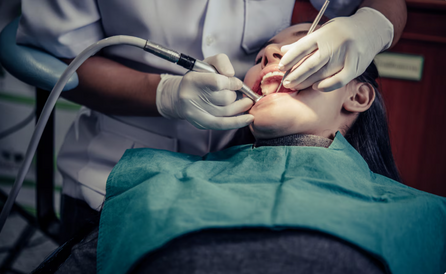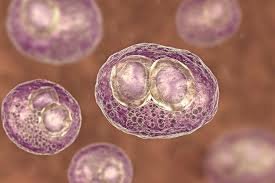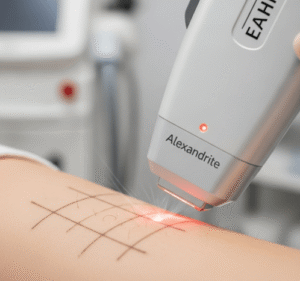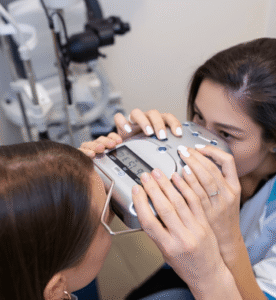What It Is
Canalicular laceration repair is a delicate microsurgical procedure to fix injuries to the canaliculi, the small tear drainage channels inside the upper and lower eyelids. These channels are responsible for transporting tears from the eyes into the nasal cavity. Trauma—such as cuts, sharp injuries, or accidents—can damage the canaliculus, leading to excessive tearing (epiphora), eyelid deformity, or risk of permanent blockage.
In Korea, this surgery is performed by oculoplastic and reconstructive eye surgeons using advanced microsurgical techniques, fine sutures, and silicone stents to restore both tear drainage and natural eyelid appearance.
Why It’s Done
Patients undergo canalicular laceration repair because:
- The injury causes constant watery eyes.
- Without repair, the tear drainage pathway can scar shut, leading to chronic epiphora.
- Eyelid shape and function may be affected if untreated.
- Prompt repair restores both aesthetic appearance and functional tear flow.
Good candidates include:
- Patients with confirmed canalicular injury after trauma.
- Those in good general health who can undergo anesthesia.
- Individuals seeking to preserve eyelid shape and tear function.
Alternatives
- Observation: Only for very minor injuries not involving the tear duct.
- Medical care: Antibiotics and wound cleaning for infection prevention.
- No treatment: May result in permanent tearing and eyelid deformity.
Preparation
Before canalicular laceration repair in Korea, patients will:
- Undergo an eye exam and probing of the lacrimal drainage system.
- Receive wound cleaning and antibiotics if necessary.
- Plan early surgery—ideally within 24–48 hours—for the best outcomes.
- Stop smoking and avoid blood-thinning medications before the procedure.
How It’s Done
- Anesthesia: Local anesthesia with sedation or general anesthesia.
- Procedure:
- The surgeon identifies both cut ends of the canaliculus under magnification.
- A silicone stent (monocanalicular or bicanalicular) is placed to keep the duct open.
- The torn ends are rejoined with fine microsutures.
- The eyelid wound is repaired and closed with minimal scarring.
- Duration: 1–2 hours depending on complexity.
Recovery
- First week: swelling, bruising, and mild tenderness around the eye.
- Stitches typically dissolve or are removed within 1–2 weeks.
- Silicone stent remains in place for 3–6 months to allow proper healing.
- Most patients resume daily activities within a few days.
- Final results: restored tear drainage and natural eyelid contour within weeks to months.
Possible Complications
- Stent displacement or loss.
- Persistent tearing if the canaliculus heals improperly.
- Scarring or eyelid asymmetry.
- Infection (rare when proper care is taken).
- Need for revision surgery in severe cases.
Treatment Options in Korea
Diagnosis
- Detailed eye examination.
- Probing and irrigation of the tear duct system.
- Imaging if deeper trauma is suspected.
Medical Treatments
- Antibiotics and wound care for infection prevention.
- Lubricating drops for surface protection.
Surgical or Advanced Therapies
- Monocanalicular stenting for simple tears.
- Bicanalicular stenting for complex or multiple injuries.
- Microsurgical repair using fine sutures and magnification.
- Scar revision in cases of previous failed repair.
Rehabilitation and Support
- Cold compresses for swelling reduction.
- Eye ointments or drops for comfort and healing.
- Follow-up visits to ensure stent stability and duct function.
- International patients benefit from Korea’s specialized oculoplastic surgeons, microsurgical equipment, and high success rates in tear duct repair.













